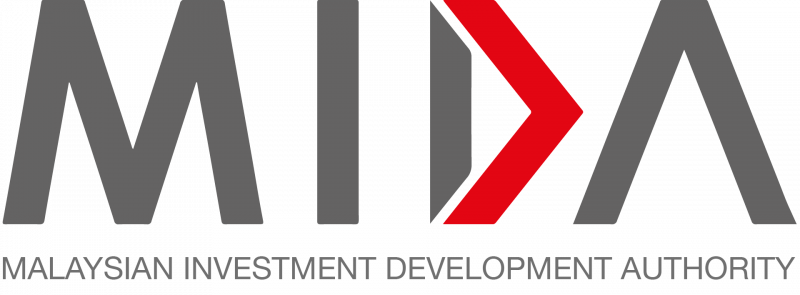Kumpulan Semesta Sdn Bhd (KSSB) and energy-related service provider company ADL Solar Sdn Bhd today signed a memorandum of understanding (MoU) to collaborate in the development of solar farms in several former mining areas in Selangor for the purpose of generating electricity.
The MoU was signed by KSSB research and marketing department head Mohd Nizam Mohd Ishak and ADL Group managing director Datuk Kong Yeng Kin, here, today. Also present was Selangor Water Management Authority (LUAS) director Hasrolnizam Shaari.
Mohd Nizam and Hasrolnizam were here to see for themselves the floating solar farm owned by ADL Solar that is capable of supplying electricity to nearly 15,000 households using more than 36,000 solar panels at a cost of RM55 million
Hasrolnizam said the visit today was, among other things, to ensure the feasibility of developing floating solar farms in Selangor next year.
“This joint-venture project has been designed involving a cost of RM200 million to be developed in an area of 105-hectare and will be the pioneer of the largest floating solar project in the country that uses the expertise and technology of locals.
“The development of the floating solar farms with a capacity of 50 megawatts will be developed in phases and in several areas such as Bestari Jaya, Serendah and Dengkil,” he said.
Meanwhile, Kong said the pilot project in Perak was implemented on a 12-hectare piece of former mining land in March 2021 and completed in September 2021.
“The project can generate electricity at a rate of 15 megawatts which is channelled to the Pantai Remis Main Distribution Substation (PPU) as a new source of energy,” he said when met after a site visit in the project area here today.
Kong said the success of the project in Manjung using the expertise and technology of locals had attracted KSSB’s interest in bringing the technology to Selangor.
“What is certain is that 60 per cent of the results that can be seen today involve local expertise covering cable manufacturing, installation and maintenance while we only import solar panels from abroad.
“There are several floating solar projects being carried out but they use expertise from abroad. We are a pioneer local company that succeeded in doing it,” he explained.
Source: Bernama
KSSB inks MoU with ADL Solar to develop solar farms in Selangor
Content Type:
Duration:







